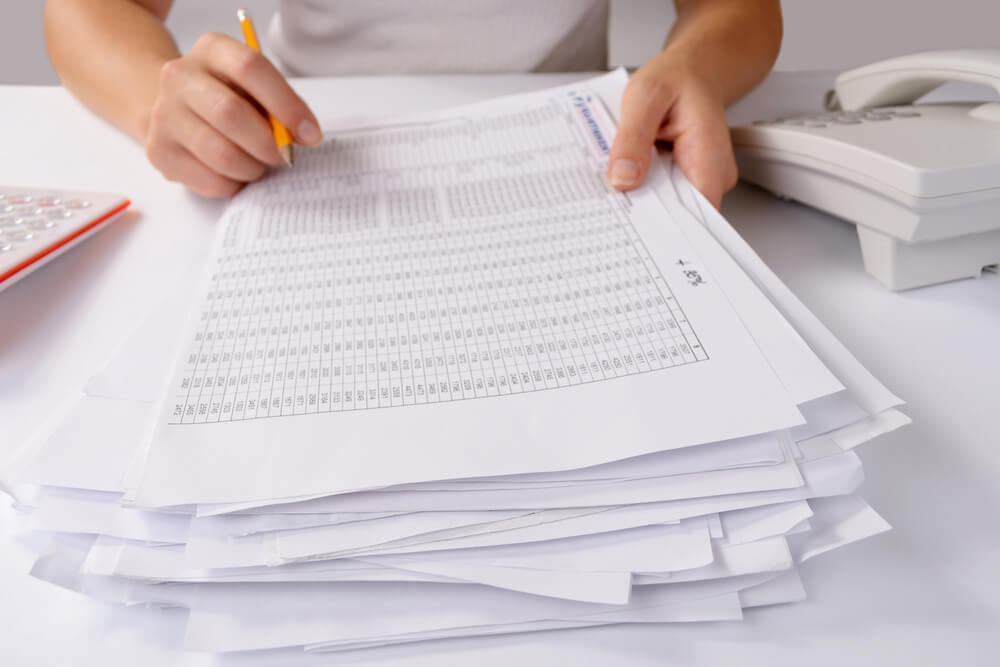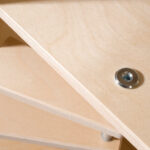Many governments and organizations are investing heavily in paper recycling for many reasons.
On average, we cut down almost 29 billion trees annually to produce approximately 400 million metric tons of paper, according to Worldatlas.
The aftermath of indiscriminate tree harvesting is deforestation, global warming, and loss of natural heritage.
However, if, for instance, all Americans recycle only 10% of their used papers annually, we could save over 25 billion trees and reduce the effects of climate change.
One of the bottlenecks hampering paper recycling is that only a few people know what they should do with loose papers.
Continue reading to find out the top five eco-friendly ways of recycling papers.
Use loose papers to create mulch and weed killer
Excessive heat in summer evaporates more water than plants can absorb. This results in wilting and death.
Who would want to lose their beloved plants to a few months of summer?
Mulching plants will reduce evaporation and add nutrients to the soil.
The choice of mulching materials depends on your locality. Some people use dry leaves, grass, small pebbles, or mulching papers.
But only a few are adopting loose papers.
Loose papers are good at mulching when shredded into smaller pieces.
Of course, you can also use whole sheets, but they won’t be as effective as paper shreds.
Start by collecting old newspapers, exercise books, and printouts, then process them through a shredder.
If you don’t have a shredder, you can use a pair of scissors though it will take some time. Just pick a few sheets and randomly cut them into smaller pieces of about 2 square inches into a container.
Make sure no foreign pieces like nylon or plastic chips find their way into shredded papers.
Spread the pieces near and around the base of a plant to form a protective shield. If the environment is windy, pour some water on the paper.
Water glues loose pieces together and prevents them from flying away.
Using paper as a weed killer is similar to mulching, but here you want to come up with a heavy layer of ground cover that will deny weeds access to sunlight.
Begin by mowing or slashing down weeds, leaving behind one to two inches of stalks.
Spread a uniform layer of shredded paper until no stocks are penetrating above the surface.
You can use water to compact the mulch together for maximum effect.
After two to three weeks, most weeds will be dead. But if you have some left, add another thick layer of paper and pad them down with water.
You can repeat the process until the results are satisfactory.
Cleaning windows and glass tables
Leaving behind a spotless glass pane after a thorough wash is for the chosen few.
In most cases, homeowners struggle to perfectly clean glasses due to streaks. Streaks are residues of minerals left behind on a surface as the water dries out after a wash.
Surprisingly, you can use pieces of paper to get rid of streaks.
Take a few pages of newspapers and crush them into a paper ball. Use the ball to dry out water from window panes.
If the ball becomes soggy, discard and take a new lot of paper, and repeat the above process.
When cleaning panes with papers, stick to newspapers as they are soft and have proven to work better than printing papers and paper towels.
Besides, you can reuse the soggy balls to mulch plants or create beautiful wall art rather than just throwing them into bins.
Packaging materials
Loose papers are great at creating packaging materials to replace environmentally unfriendly styrofoam in several ways.
Use them as styrofoam to protect fragile items from breaking
When shredded into thin and long strips, papers are good at protecting fragile packages. They cushion packed items against external force.
Simply take a medium-sized box and place a 3-inch layer of shredded papers on the bottom. Place your mugs, porcelain art, or glass bowls in the box and finish off with another buffer layer.
As you pack, place some shreds on the sides to ensure the package is incubated by a thick layer of papers.
If you are using a single large box to pack various items, always separate each item with a layer of paper so that they don’t knock against themselves.

Use loose papers as wrappers
Wrapping small packages is an art you can successfully venture into with loose papers.
Collect several loose papers depending on the size of the package. Lay them on a flat surface, preferably a dining table or floor.
Take two sheets and align them side by side.
You can allow them to overlap by an inch and join them together with colorless tape on both sides.
Repeat the above process severally, and in the end, you will find out you have a wide sheet for covering bigger boxes.
Use old papers to act as spill guards.
Do you love leaving behind a neat surface after painting? Use old papers as spill guards.
If you are working on the wall, lay down newspaper leaves on the flow to prevent paint from staining it.
Similarly, you can stick loose papers around window panes or places where you don’t want to discolor.
Create pet litter
Collect as many pieces of paper as possible and shred them.
All you need is baking soda, soap, water, and the following procedure.
- Soak shredded pieces in warm water
- Add a few drops of pet soap
- After an hour, remove the pieces from the water and soak again in soapy water for 15 minutes
- Strain again and sprinkle baking soda on the wet papers
- Knead them into a mash and squeeze out excess water
- Spread the mash on a drying sheet, and place it outdoor in the sun for a few days
- After drying out, pound the paper crumbs to obtain a sand-like texture
- Pour it into a litter box
TakeAway
If you were stuck on what to do with old loose papers, now you have a solution. Try any of our top 5 loose paper hacks, and let us know what you think.



